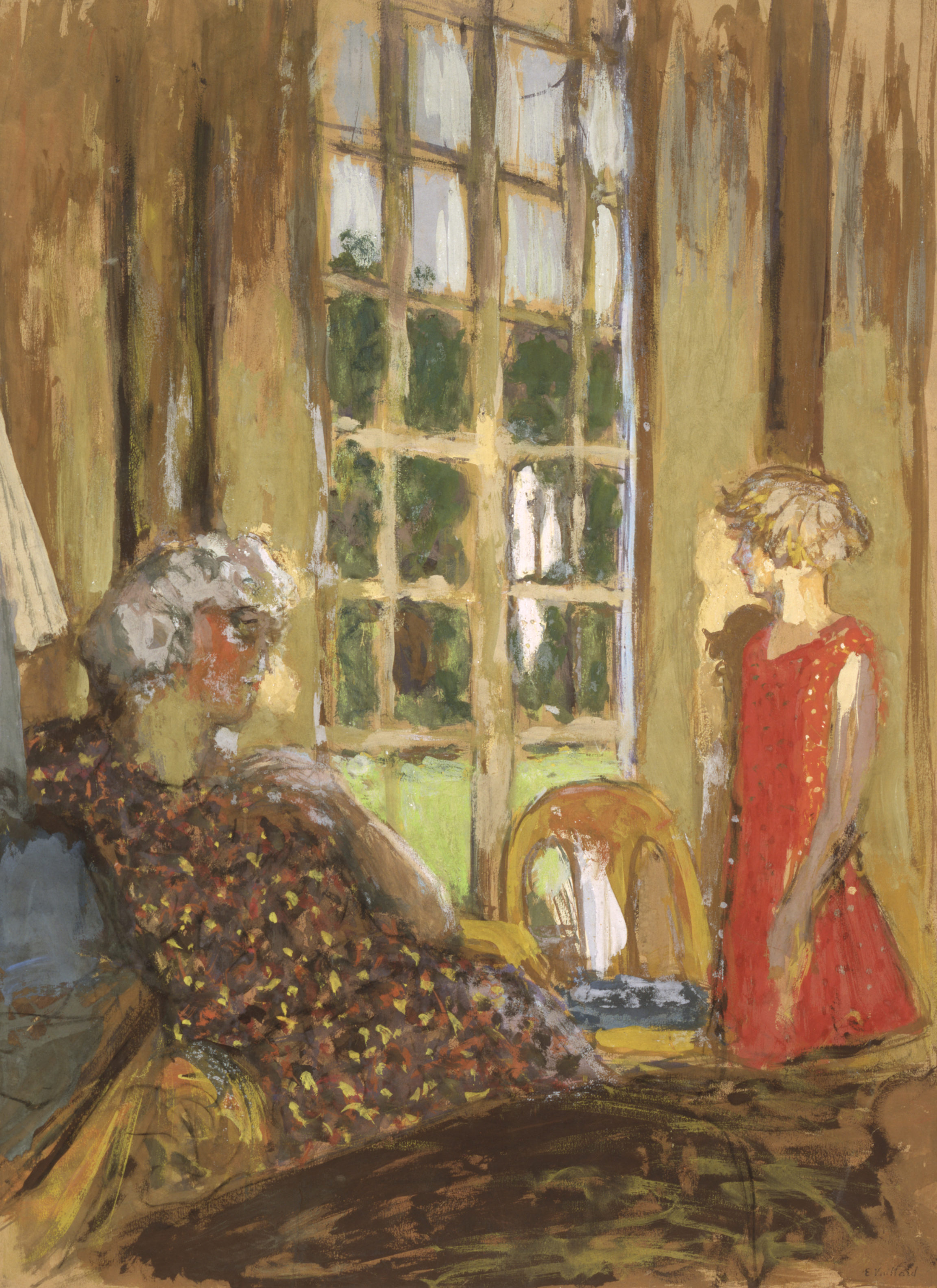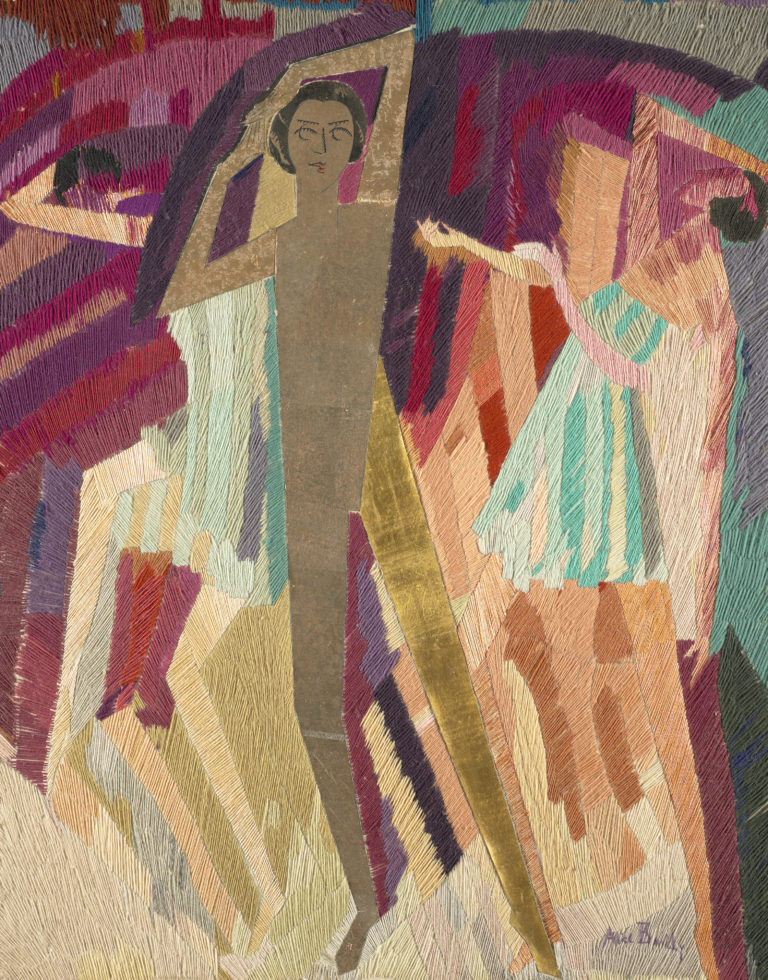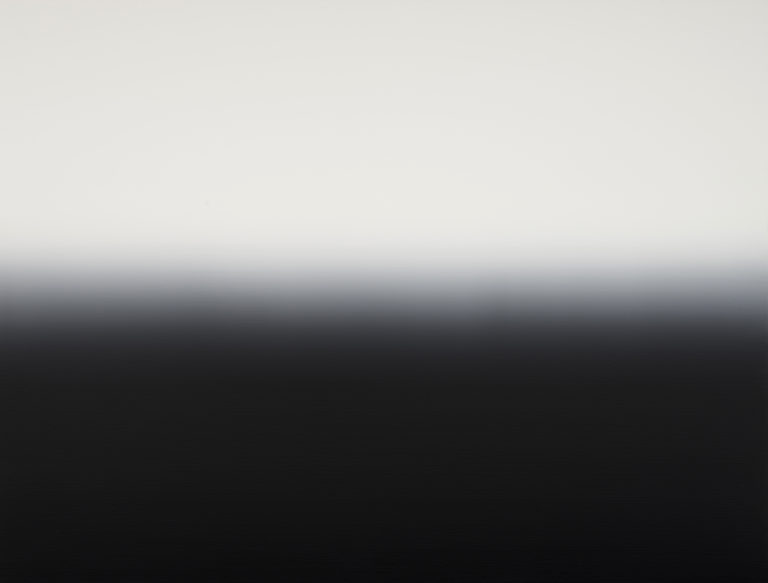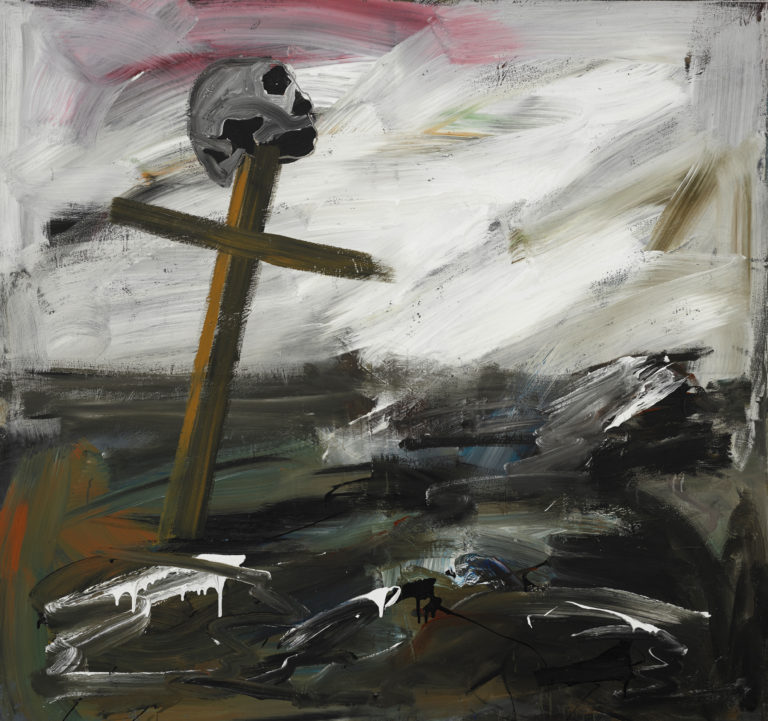Exposé actuellement
The CollectionBibliography
Antoine Salmon, in collaboration with Guy Cogeval et Mathias Chivot, Vuillard, le regard innombrable. Catalogue critique des peintures et pastels, Milan, Skira, Paris, Seuil, Paris, Wildenstein Institute, 2003, vol. 3: n. XII-194.
Jean-Paul Monery and Jörg Zutter (eds.), Édouard Vuillard: la porte entrebâillée, exh. cat. Saint-Tropez, Musée de L’Annonciade, Lausanne, Musée cantonal des Beaux-Arts, Milan, Skira, 2000: n. 94.




This painting is one of Édouard Vuillard’s late works. It is an example of the intimate works of the 1930s painted for the artist’s own enjoyment – still lifes, flowers, and scenes from daily life, painted in a quick, lively style, their use of light contrasting sharply with the society portraits that were his main source of income.
The work depicts the château des Clayes, not far from Versailles. It was owned by Jos Hessel, who had been Vuillard’s friend and art dealer since 1902. Hessel gave Vuillard use of a combined bedroom and studio at the château and he was a frequent visitor, sharing the family’s quiet daily routine. Shown here in a small drawing room with ochre walls are Jos’s wife Lucy and the couple’s soon to be adopted daughter Lulu, aged about ten. Both are lost in thought. Beyond the French window is a glimpse of the grounds designed by Le Nôtre.
The play of light is complex: both figures are lit by the French window and the glow of the setting sun from a window on the facing wall, out of frame. The palette uses the customary pairing of cool shades for the outside and warmer ones for indoors, though the girl’s red dress is particularly eye-catching. The very liquid paint is applied in long, broad strokes. The glue-based distemper dries quickly, letting the artist create texture by layering contrasting matte paints, to spectacular effect in the case of the gown worn by Lucy Hessel, Vuillard’s last muse.